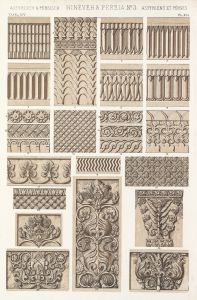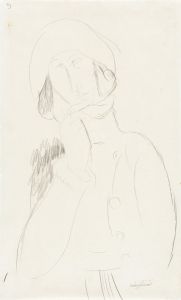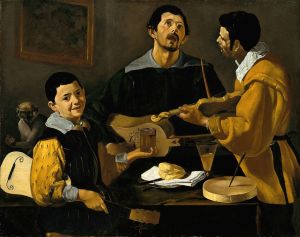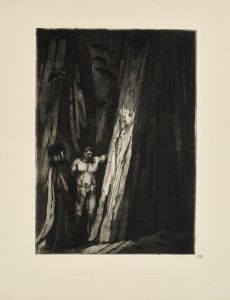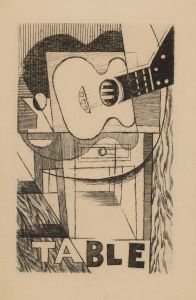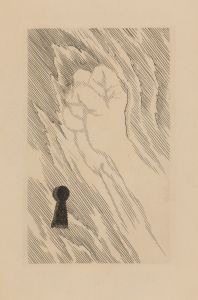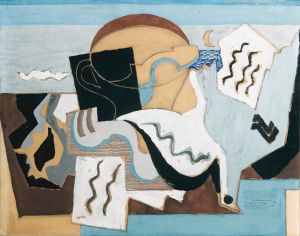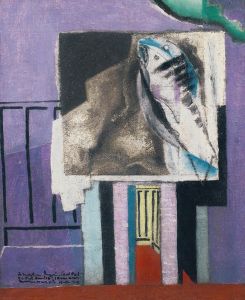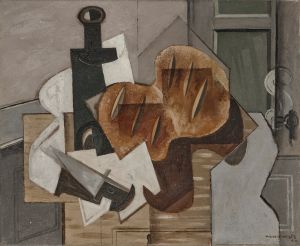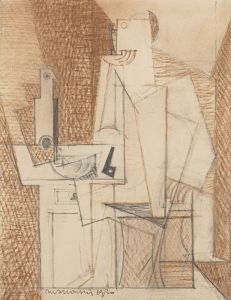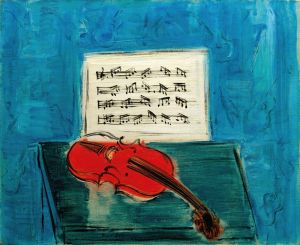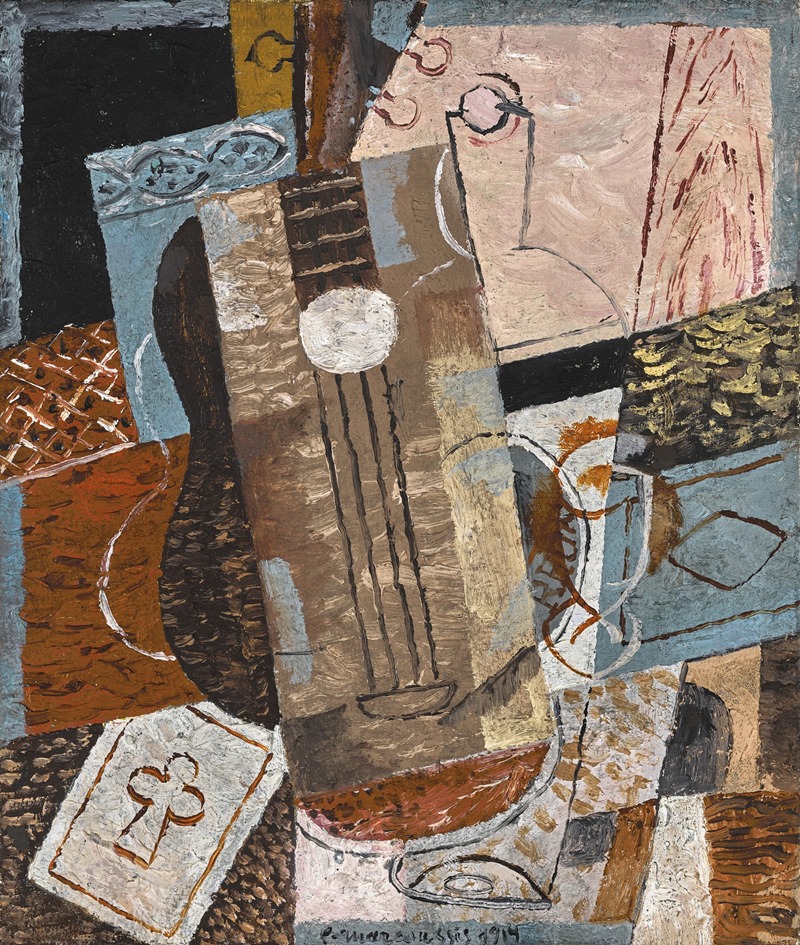
Still Life with Guitar
A hand-painted replica of Louis Marcoussis’s masterpiece Still Life with Guitar, meticulously crafted by professional artists to capture the true essence of the original. Each piece is created with museum-quality canvas and rare mineral pigments, carefully painted by experienced artists with delicate brushstrokes and rich, layered colors to perfectly recreate the texture of the original artwork. Unlike machine-printed reproductions, this hand-painted version brings the painting to life, infused with the artist’s emotions and skill in every stroke. Whether for personal collection or home decoration, it instantly elevates the artistic atmosphere of any space.
Louis Marcoussis was a Polish-French painter and engraver associated with the Cubist movement. Born Ludwik Kazimierz Władysław Markus in Warsaw in 1878, he later adopted the name Louis Marcoussis after moving to Paris in 1903. Marcoussis became an integral part of the Parisian avant-garde scene, interacting with influential artists such as Pablo Picasso, Georges Braque, and Juan Gris. His work is characterized by a distinct approach to Cubism, often incorporating musical instruments, still lifes, and elements of collage.
"Still Life with Guitar" is one of Marcoussis's notable works, exemplifying his mastery of Cubist principles. The painting reflects the Cubist fascination with deconstructing objects into geometric shapes and reassembling them in abstract forms. Marcoussis's interpretation of the guitar, a recurring motif in Cubist art, showcases his ability to blend form and color to create a harmonious composition.
In "Still Life with Guitar," Marcoussis employs a muted color palette, typical of the Cubist style, which often favored browns, grays, and ochres. This restrained use of color allows the viewer to focus on the interplay of shapes and lines. The guitar, central to the composition, is fragmented into angular planes, yet remains recognizable. Marcoussis's technique involves overlapping and intersecting these planes, creating a sense of depth and movement within the still life.
The painting also demonstrates Marcoussis's interest in texture and surface. He often incorporated elements of collage into his works, though it is unclear if "Still Life with Guitar" includes such materials. Nevertheless, the painting's surface suggests a tactile quality, inviting viewers to explore the visual texture created by the interplay of shapes and colors.
Marcoussis's work, including "Still Life with Guitar," reflects the broader cultural context of early 20th-century Paris, a period marked by rapid artistic innovation and experimentation. The Cubist movement, pioneered by artists like Picasso and Braque, sought to challenge traditional perspectives and representations of reality. Marcoussis contributed to this movement by infusing his works with a unique sensitivity to form and composition.
Throughout his career, Marcoussis remained committed to exploring the possibilities of Cubism, even as the art world evolved around him. His paintings and engravings continued to reflect the principles of the movement, characterized by a focus on geometric abstraction and the deconstruction of objects. "Still Life with Guitar" stands as a testament to his skill and creativity, capturing the essence of Cubist art while showcasing his individual style.
Marcoussis's legacy endures through his contributions to the Cubist movement and his influence on subsequent generations of artists. His works are held in various collections worldwide, appreciated for their innovative approach to form and composition. "Still Life with Guitar" remains a significant example of his artistic achievements, illustrating the enduring appeal of Cubist aesthetics and Marcoussis's role in shaping the movement.





